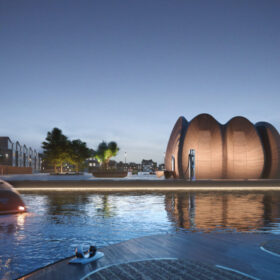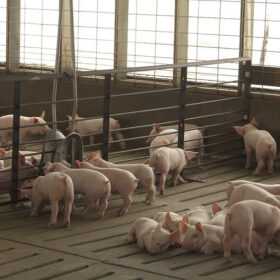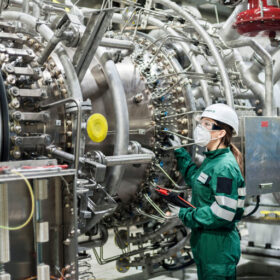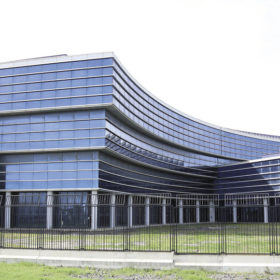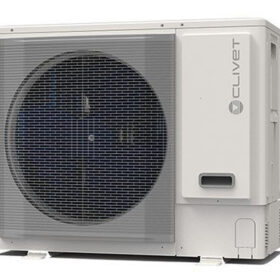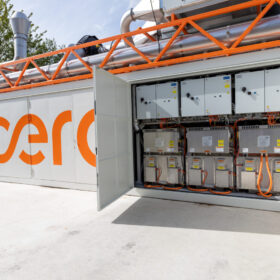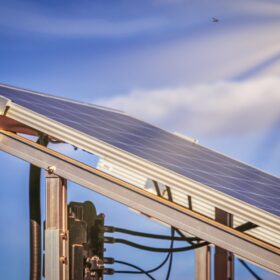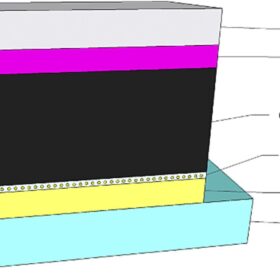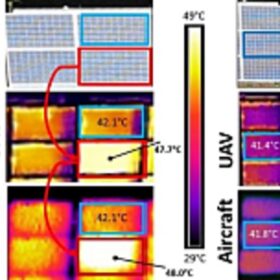The Hydrogen Stream: Zaha Hadid designs marina refueling stations
Zaha Hadid Architects has unveiled the world’s first green hydrogen refueling network for recreational boats at marinas in Italy, while a German-Czech consortium has announced the development of a drivable hydrogen motorcycle.
Hybridizing PVT energy with heat pumps, borehole storage
A European research group has tested an energy system combining PVT collectors, a water-to-water heat pump and borehole thermal energy storage in an Italian swine farm and has found the proposed system can completely replace fossil fuel-based power generation.
The Hydrogen Stream: Airbus, Vattenfall to assess potential for airport hydrogen
A new study by ManpowerGroup and Cepsa suggests that green hydrogen and biofuels could create more than 1.7 million new green jobs in Europe by 2040, while Airbus, Vattenfall and other partners have agreed to assess the feasibility of hydrogen infrastructure at airports in Sweden and Norway.
The Hydrogen Stream: Strategic partnerships in transport sector
Baker Hughes has revealed plans for hydrogen projects in Europe and North America, on top of new announcements from Masdar, Air Liquide and TotalEnergies.
Enel secures €560 million for 3 GW heterojunction panel factory in Italy
Enel has obtained €560 million ($610.2 million) for a solar module factory it is building in Catania, Sicily.
Clivet presents outdoor residential heat pump
The Italian manufacturer said the heat pump has a seasonal coefficient of performance of 3.80 to 4.80. The new product can reportedly operate from -15 C to 52 C in cooling mode and from -20 C to 30 C in heating mode.
The Hydrogen Stream: Ceres secures license agreement for SOEC stack production
As electrolysis is gaining traction in the markets, European and US companies announce new hydrogen projects in the heavy mobility sector. Meanwhile, UK-based solid oxide electrolysis cell (SOEC) tech developer Ceres Power signed a global long-term agreement with Delta Electronics.
Optimal tilt angle for agrivoltaic projects in Mediterranean region
Scientists in Turkey determined the optimal tilt angle for agrivoltaic projects associated with different crops in the central Mediterranean region, and other regions with similar latitude and climatic conditions.
Improving perovskite solar cell performance with silver nanoparticles
Scientists in the United Kingdom have proposed for the first time to deposit silver nanoparticles in electron transport layers used in perovskite solar cells to improve device performance. They found that an “optimal” concentration of silver nanoparticles may help to improve a perovskite cell’s charge transfer and extraction, as well as its efficiency.
Drones vs. aircrafts for PV plant inspection
Scientists in Italy have investigated the performance of drones and a human-crewed airplanes for carrying out aerial infrared thermography inspections on PV power plants. According to their findings, airplanes may be more cost-effective.
